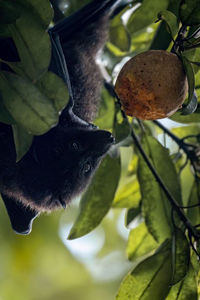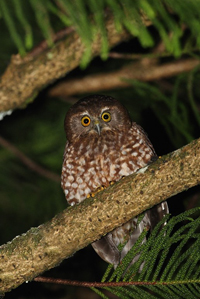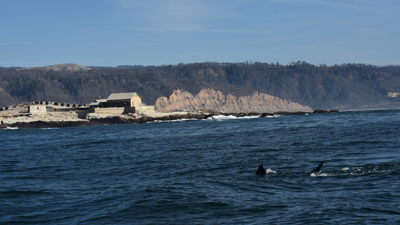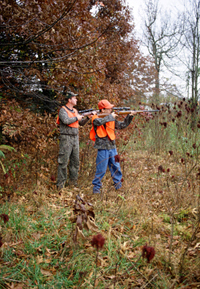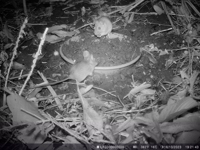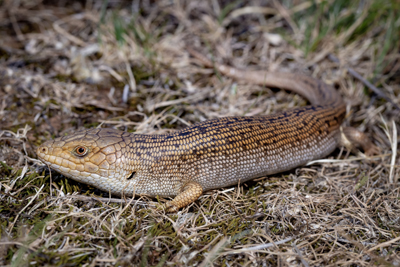Population monitoring is crucial for assessing trajectory of decline and the effectiveness of conservation efforts, yet it is subject to imperfect detection. This study aimed to assess what affects the detection probability of the Christmas Island flying-fox, and showed that environmental, spatiotemporal and other factors had significant impacts. This knowledge can be used when designing monitoring programs to maximise accuracy of estimates derived from monitoring. Photograph by Samantha Wright.
WR24030 Abstract | WR24030 Full Text | WR24030PDF (1.9 MB) | WR24030Supplementary Material (1.4 MB) Open Access Article




